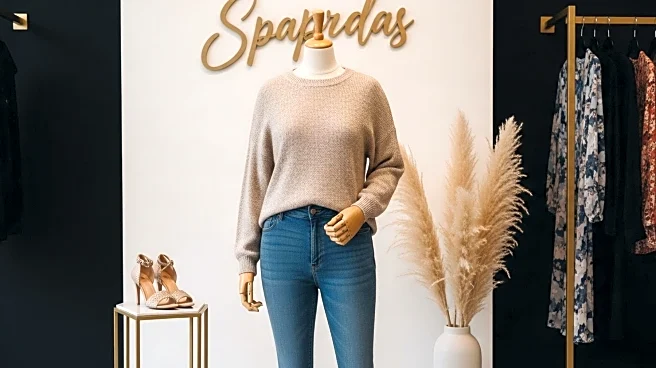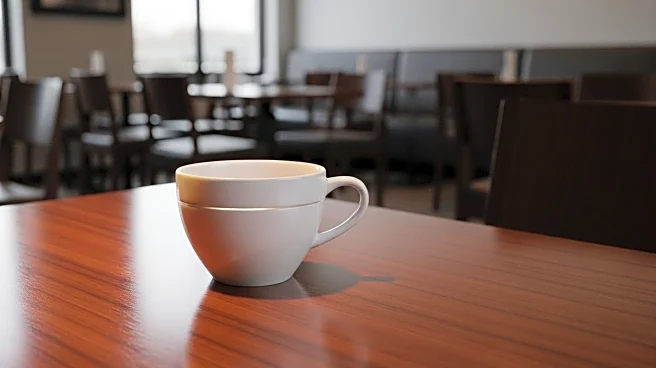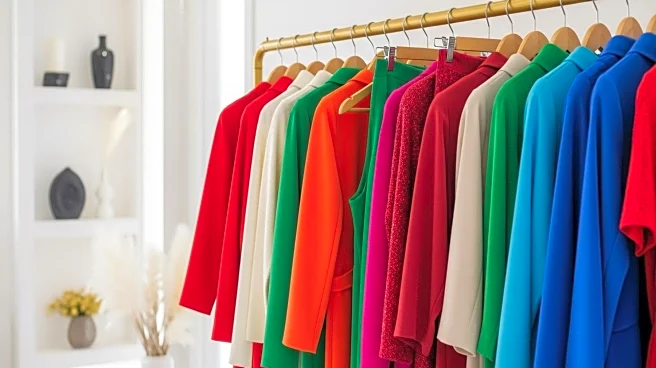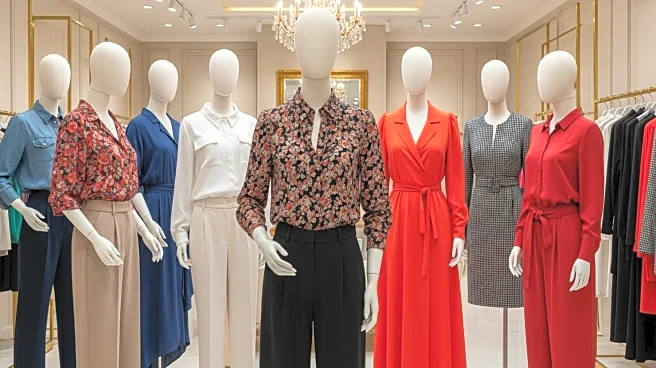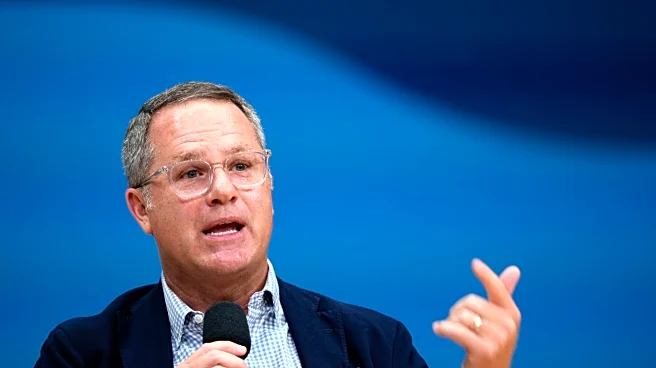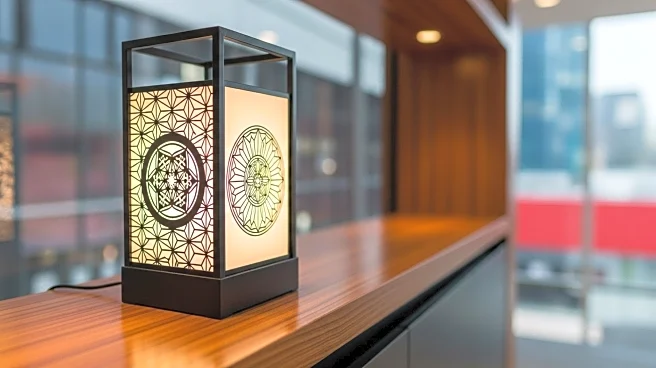What is the story about?
What's Happening?
The plus-size clothing market is experiencing significant growth, projected to reach approximately $345 billion by 2032. Despite this, many mainstream stores still have limited plus-size sections. In North America, which leads the market with a 41.3% share, American consumers are demanding better options, driving change through their purchasing power. The U.S. accounts for 82% of North America's plus-size market revenue. Consumers aged 16-59, who account for 58.8% of plus-size purchases, are particularly influential, driven by social media and body positivity movements. The casual wear segment, valued at $39.2 billion in 2024, is projected to reach $71.9 billion by 2034, reflecting a shift towards comfort and versatility.
Why It's Important?
The growth in the plus-size market represents a significant opportunity for retailers and brands. With 67% of American women wearing size 14 or above, the demand for inclusive fashion is substantial. The body positivity movement has reshaped shopping habits, encouraging brands to cater to diverse body types. The rise of digital shopping, with a projected 9.37% CAGR expansion through 2030, offers new avenues for reaching plus-size consumers. Innovations like AI-driven size recommendations and virtual try-ons are enhancing the online shopping experience, addressing fit challenges that have historically plagued the market.
What's Next?
Retailers are increasingly recognizing the financial opportunity in the plus-size market. Major brands like Target, Nordstrom, and Walmart are expanding their plus-size product lines. The premium segment shows strong growth potential, challenging assumptions that plus-size consumers only shop for bargains. As the market continues to grow, brands that embrace inclusivity and authenticity stand to capture significant market share. The question remains which brands will capitalize on this opportunity and lead the charge in inclusive fashion.
Beyond the Headlines
The plus-size market's growth is not just a business opportunity; it reflects broader cultural shifts towards body positivity and inclusivity. Social media influencers and celebrities play a pivotal role in promoting these values, driving real sales and shaping consumer perceptions. The expansion of the market also highlights the need for technological solutions to address fit challenges, with advancements in 3D printing and AI-driven design tools offering tailored fits and designs.
AI Generated Content
Do you find this article useful?
